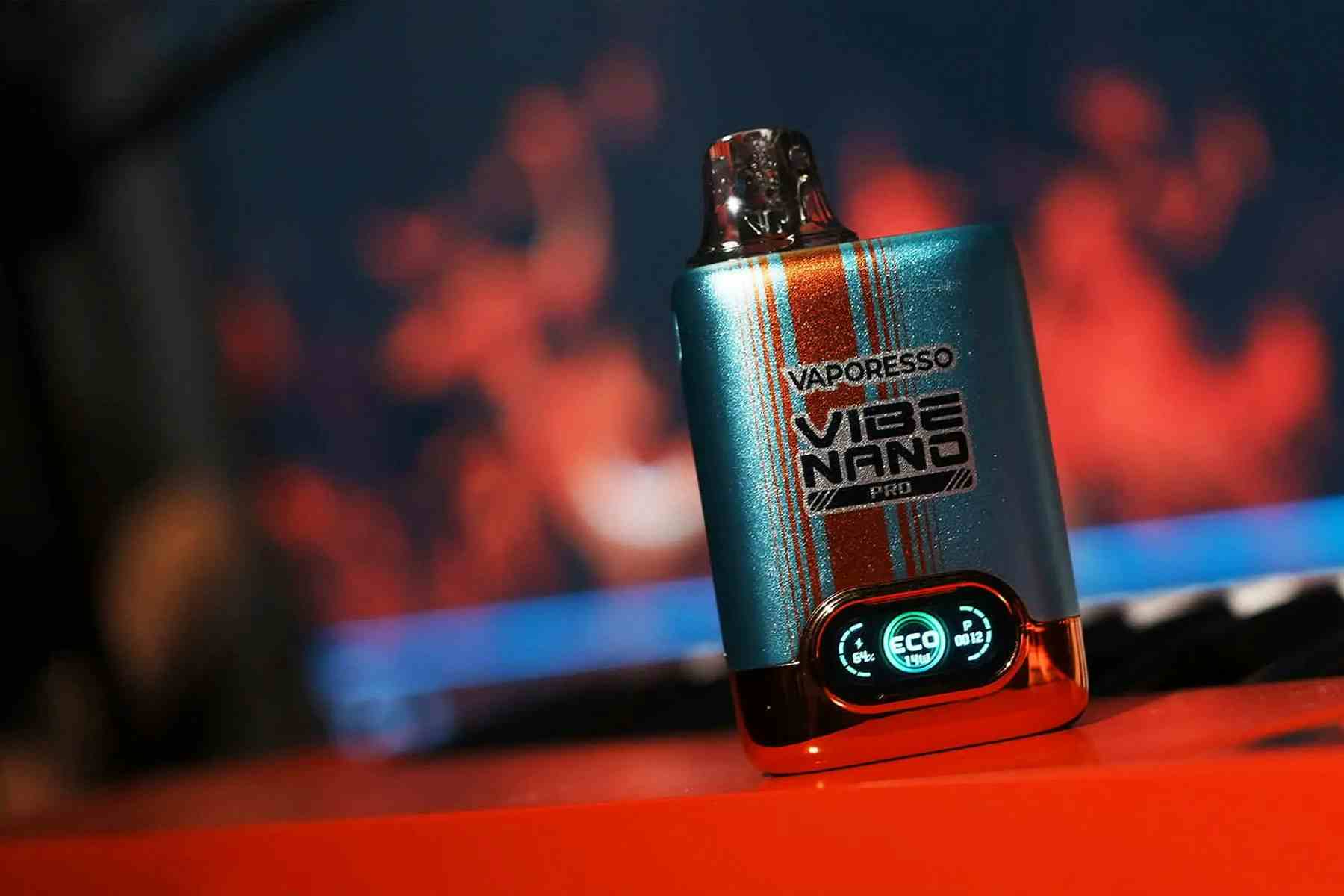Best Practices for Maintaining Vape Batteries
With the increasing popularity of vaping, understanding how to properly maintain vape batteries has become a critical aspect for both novices and seasoned users. Proper maintenance can ensure the longevity of your device, enhance safety, and ultimately provide a better vaping experience. This article covers essential tips and best practices for managing your vape batteries effectively.
Understanding Vape Battery Types
Before diving into maintenance tips, it’s essential to understand the different types of vape batteries. Generally, vape batteries can be classified into two categories: internal and external batteries. Internal batteries are built into the vape device and cannot be replaced, while external batteries, such as 18650s, can be removed and replaced. Each type has its unique maintenance needs, and knowing which one you have is the first step in proper care.
Charge Your Vape Batteries Safely
One of the most crucial aspects of maintaining vape batteries is safe charging practices. Always use the charger provided by the manufacturer. Other chargers may not deliver the appropriate voltage, potentially damaging the battery. Additionally, avoid overcharging; this can lead to overheating and reduce battery life. Aim to charge your device when it is between 20-80% capacity for optimal longevity.
Avoid Extreme Temperatures
Extreme temperatures can greatly affect battery performance. High temperatures can cause batteries to degrade faster, while cold temperatures can reduce their efficiency. Always store your vape batteries in a cool, dry place, and avoid leaving them in your car or other similarly extreme environments.
Regularly Inspect Your Batteries
Perform regular inspections of your vape batteries to look for any signs of wear and damage. Check for any dents, scratches, or leakage. A damaged battery should be discarded immediately to prevent potential hazards such as short-circuiting or fire. Establish a routine to inspect your batteries to ensure they are in good working condition.

Use the Right Battery for Your Device
Not all batteries are suitable for every vaping device. Using an incompatible battery can lead to poor performance and even dangerous outcomes. Read the manufacturer’s recommendations for your vaping device and strictly adhere to them. The right battery will not only improve performance but also enhance your safety.
Understanding Battery Lifespan and Usage
Batteries have finite lifespans. Knowing when to replace them is vital. Look out for signs such as reduced vapor production, a longer charging time, or unusual swelling. Replace batteries that are over a year old or have been exposed to extreme conditions, even if they still charge. Keep track of your battery’s use with a simple log or app to monitor its age and performance.
| Battery Type | Typical Lifespan | Replacement Signs |
|---|---|---|
| Internal Battery | 6-12 months | Reduced charge, swelling |
| External Battery (18650) | 6-24 months | Slow charging, discolored casing |
Keep Your Battery Terminals Clean
Keeping the battery terminals clean is essential for maintaining a good connection between the battery and the device. Use a cotton swab or a soft cloth to gently clean the terminals at regular intervals. Avoid using harsh chemicals or abrasive materials, as they can damage the battery.
Why Should I Cycle My Vape Batteries?
It’s beneficial to cycle your batteries regularly. This means occasionally letting them discharge completely before recharging. While modern batteries have protections against excessive discharge, cycling encourages better performance over time. It helps balance the charge between cells in multi-battery setups, thus extending their lifespan.
What Should I Avoid When Handling Batteries?
Avoid exposing your batteries to moisture; even a small amount can lead to failure. Never carry loose batteries in your pocket or bag without a protective case, as this can lead to short-circuiting. Lastly, do not modify or tamper with the batteries; this can lead to dangerous situations.
Can I Store My Batteries Long-Term?
If you need to store your batteries for an extended period, ensure they are partially charged (around 50%) and keep them in a cool, dry place. Regularly check on them to ensure they are not swollen or leaking. It’s a good idea to rotate your stock of batteries, using the older ones first to prevent them from going bad while still in storage.
“`





